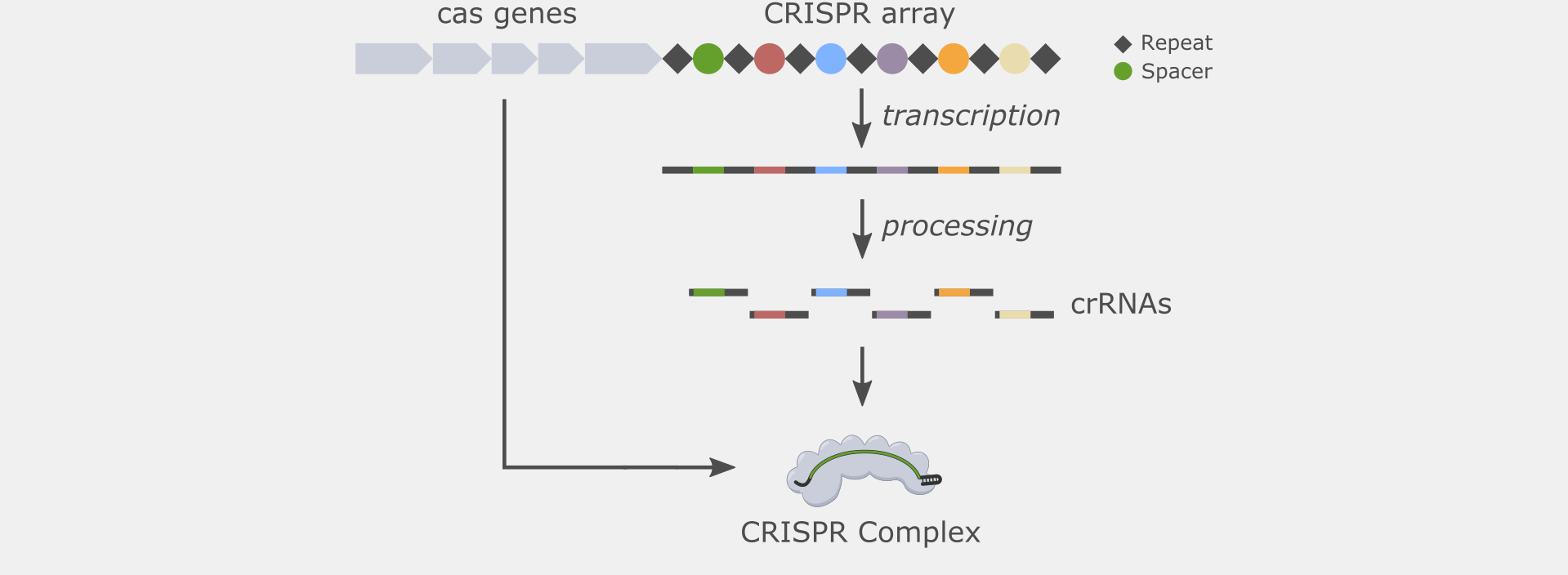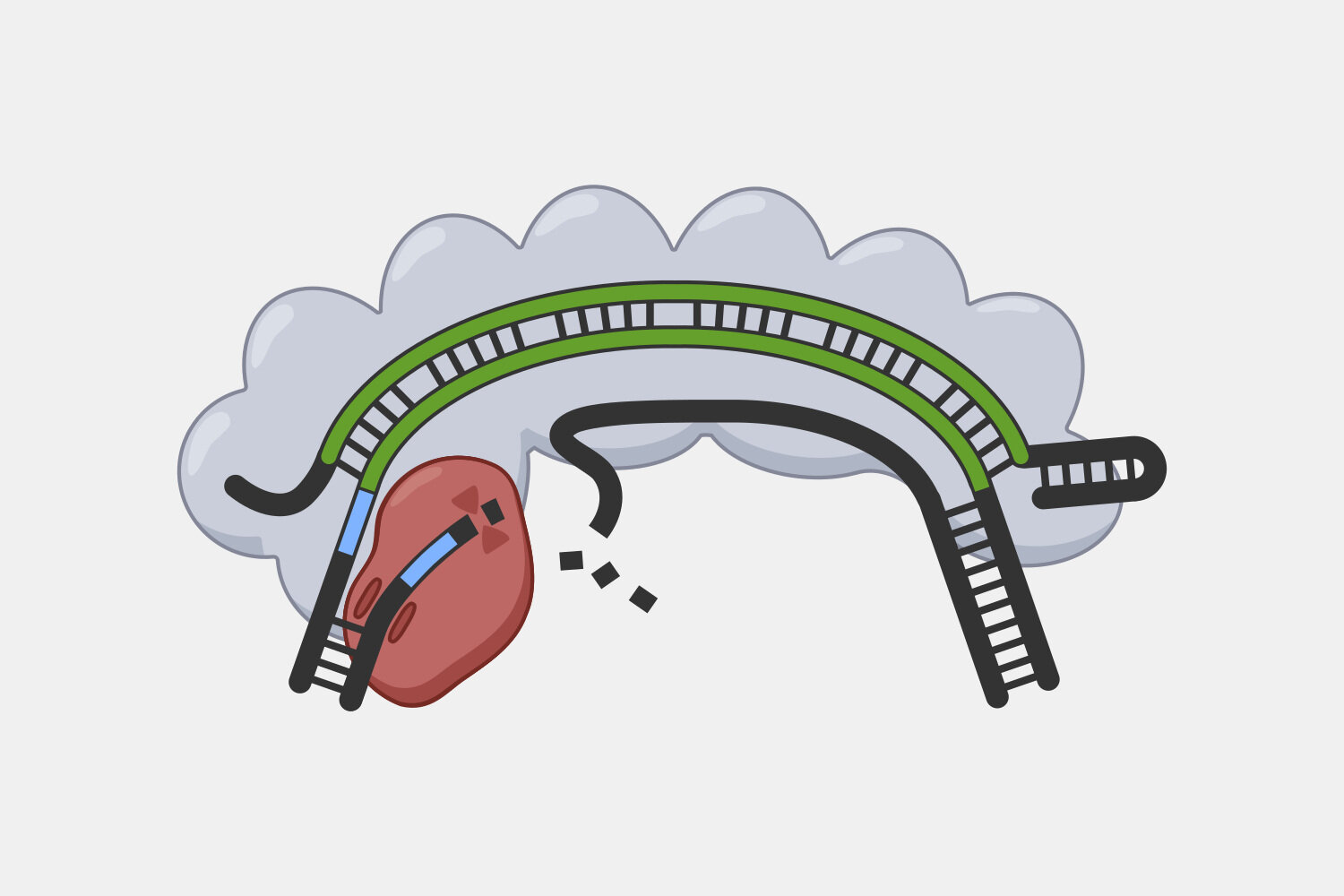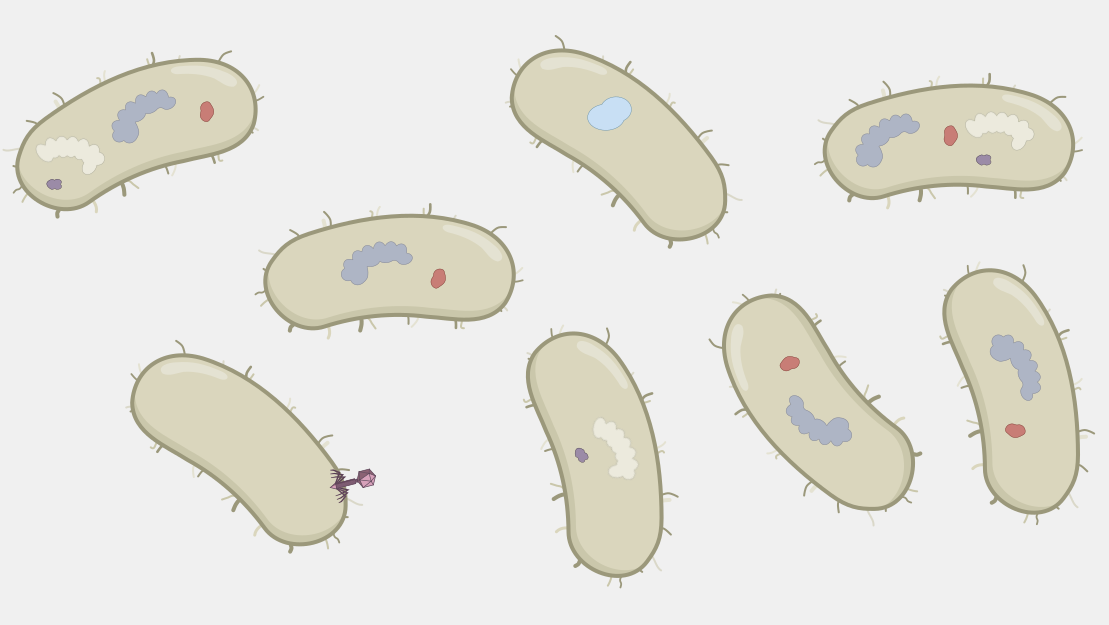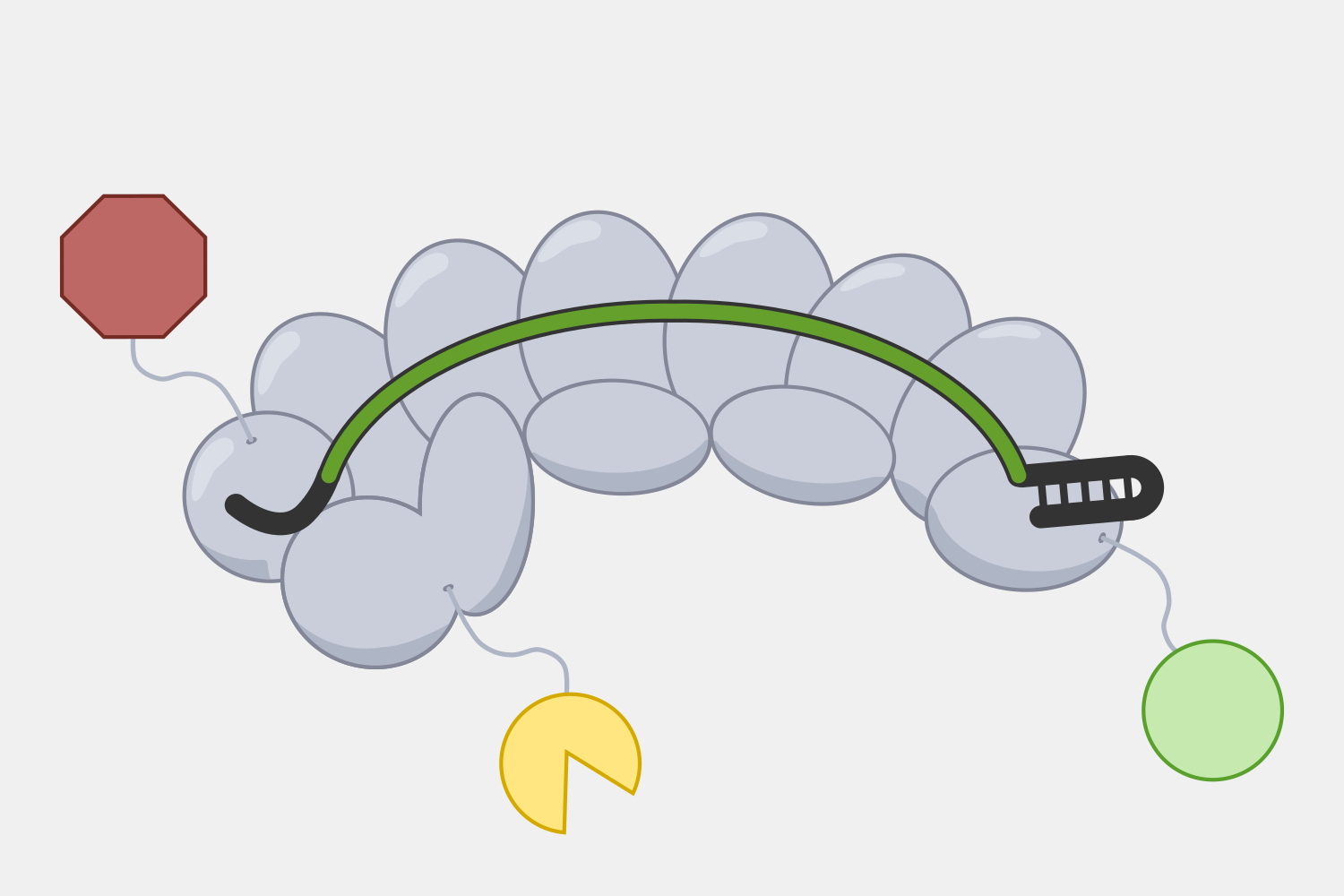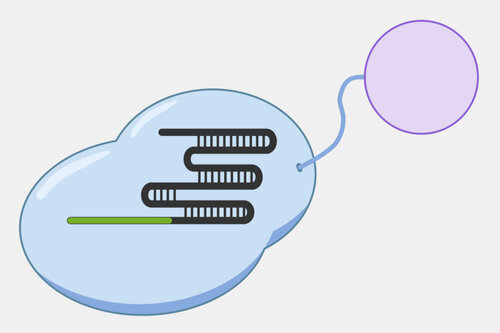CRISPR Primer
What is CRISPR?
CRISPR is most commonly known as a set of gene editing tools - even showing up in TV shows and movies, recognized by the general public. While CRISPR is relatively new to researchers, to bacteria and archaea, it is an ancient adaptive immune system.
Though we often think of microbes as the targets of immune systems, they themselves face a number of threats, including viruses and other sources of foreign genetic material that could hijack their cells. CRISPR is just one of the defenses that bacteria and archaea use to fend off these attacks, but is of particular interest because it adapts to target new threats. Phages, which are viruses that infect bacteria and archaea, are a common target of CRISPR systems.
Bacteria and archaea with CRISPR systems build libraries of short genetic sequences from past invaders, and use CRISPR complexes to identify those invaders if they show up again. Matching genetic sequences are destroyed, preventing an infection.
What are the components of CRISPR systems?
CRISPR systems are diverse and several different types have been identified, but they have a number of common components.
The “library” of CRISPR systems is a DNA array that alternates between short repeat regions and “spacer” sequences that come from past invaders. The name CRISPR comes from an early description of these arrays: Clustered Regularly Interspaced Short Palindromic Repeats.
Genes that code for the proteins involved in CRISPR are called cas (CRISPR associated) genes, usually located near the CRISPR array.
The spacers in the CRISPR arrays are transcribed and processed into crRNAs that are each used to match a single spacer.
Invading genetic sequences are targeted and destroyed by CRISPR complexes. These complexes all contain at least one protein and a crRNA but are highly diverse, and different CRISPR systems are often distinguished by their complexes. In some systems the CRISPR complex has multiple protein subunits, while others have a single protein. Some also have additional components, such as the Type II CRISPR/Cas9 system’s tracrRNA.
How do CRISPR systems target and destroy foreign genetic material?
The stage of the CRISPR process in which the CRISPR complexes find and destroy nucleic acids that match the crRNA sequence is known as interference. The specific steps and mechanistic details involved in interference vary between different types of CRISPR systems. Even the targets vary - some systems target double-stranded DNA, others target RNA, and one type targets both RNA and DNA in a transcription-dependent process. To learn more about Interference in Type I and Type III systems, which both use multi-subunit complexes, as well as the single-subunit Type II system, also known as CRISPR-Cas9,. check out the entries below.
How do different systems compare?
CRISPR systems are diverse, and while all share certain characteristics, they can vary significantly in many ways. Learn about how Type I, II and III systems compare in their distribution, complex composition, and their processes for surveillance and targeting, prevention of autoimmunity, and interference.
Behind the CRISPR Toolbox: How basic biology connects to CRISPR tools
CRISPR has become well-known as a gene editing tool, and most people who have heard of CRISPR are likely unaware of its role as a prokaryotic immune system. But even as the number of CRISPR based molecular biology tools continue to rise, the ability of researchers to create these tools rests on the basic biology research that has revealed details about those immune systems. These discoveries are ongoing – while the understanding of CRISPR biology has greatly expanded in recent years, there are many details that remain unclear in even the most well-studied systems, and new subtypes and variant systems are still being discovered. Check out below to learn about how the basic biology characteristics of Type I, Type II and Type III systems are being used to create tools.

